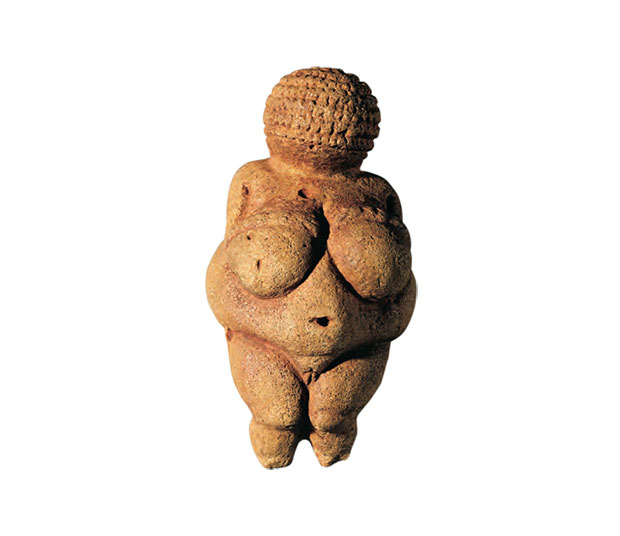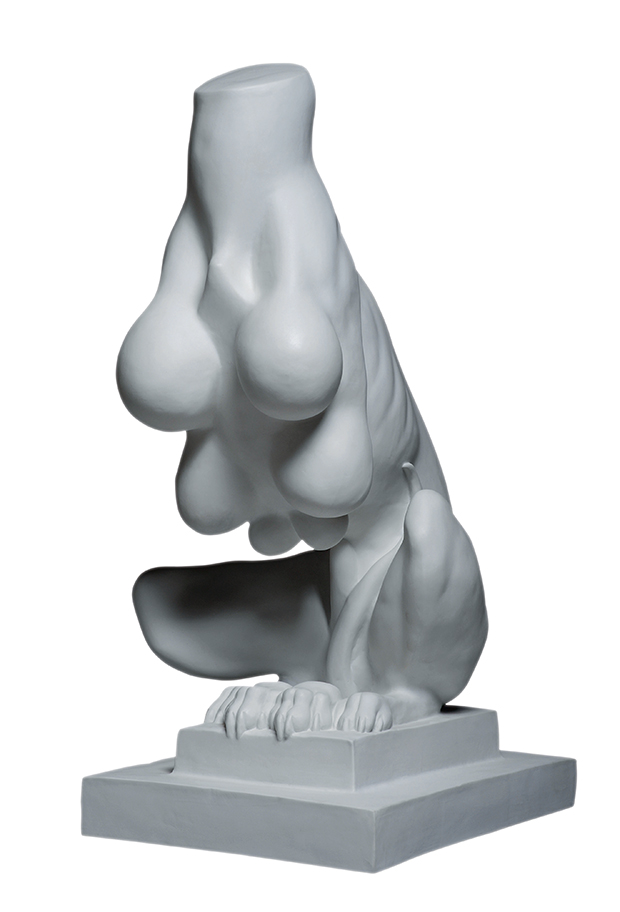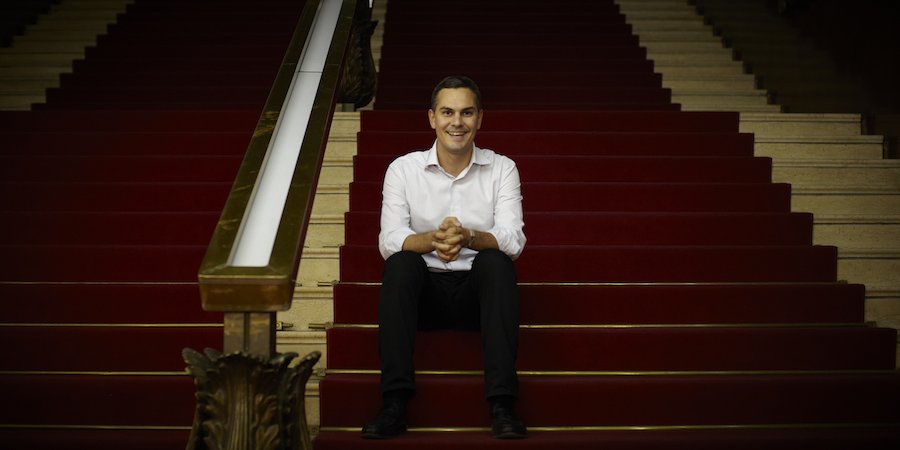
My Body of Art - New Museum Exhibitions Director Massimiliano Gioni on the Venus of Willendorf
The curator and Phaidon author tells Artspace what he sees in this ancient European fertility sculpture
Curator Massimiliano Gioni is an Italian man who spends a lot of time thinking about women. Nothing new in that you might say, but the women preoccupying Gioni’s working day most recently have been artistic symbols of fertility and motherhood - often viewed from a feminist perspective.
The Phaidon author’s latest show, The Great Mother, runs until November at Milan’s Palazzo Reale and, in a new and fascinating interview with Artspace, he discusses and analyses the presence and iconography of motherhood in art.
“The very first human-made object is a depiction of a woman, and a woman who’s probably pregnant - the famous Venus of Willendorf sculpture," he says. "From the very beginning, the illustration of maternity and art are entangled.”
The clay figurine is one of the oldest surviving examples of Paleolithic, prehistoric art dating back to 24000-22000BC. The exaggerated features of her breasts, thighs and pubic area lead art historians to believe she must be a symbol of fertility. (They named her ‘Venus’ after the Roman goddess of love and fertility and ‘Willendorf’ the Austrian town in which the sculpture was found.) Gioni goes on to say "we have evidence that the pregnant woman was at the centre of some sacred belief - she was recognized for her power."
As Body of Art reveals, the Venus of Willendorf was found in 1908 on the site of a nomadic settlement on the banks of the river Danube in Austria, but would have been brought from elsewhere, as the oolitic limestone from which it is made does not occur locally. There were never any feet and the figure cannot stand independently, but unlike most Venuses it does possess hands, which rest above the pendulous breasts. Venus figurines like this held a fascination in the early twentieth century for Pablo Picasso, who kept replicas in his studio.”

In the interview Gioni also mentions the work of Louise Bourgeois, another artist who referenced the Venus of Willendorf and who also features in Body of Art “She looks at how feminist art has both embraced and criticized certain representations of motherhood, and how it’s often gone back to myths of goddesses and mother figures to reappropriate power. She connects to both Surrealism and Paleolithic sculpture, and she imagines an anti-patriarchal form of art," Gioni says. This can be seen in one of her pieces called Nature Study 1999 which bears some similarities to the Venus of Willendorf. The dog-like creature with a large muscly body and sharp claws suggests power and aggression, illuminating it’s defensive and maternal instinct. The six breasts indicate her nurturing and caring role as a mother yet also draw attention to the blurring of gender boundaries and the ambiguous sexuality of the creature.
Gioni concludes the interview by tying the threads of his thoughts into an appealingly neat bow. “Great art is about making us understand how we live and exist in our own bodies. Whenever we look at the body, it’s easy to think of it as universal. What we have learned from feminist and postmodernist thinking is that every body is a cultural construction. There’s no such thing as a “universal” body. When people look at figurative sculptures they tend to fall for that assumption.” You can read the full Artspace interview here.

For similar bodily insight, go here to read about Joel Meyerowitz's take on his beach photos; here for Bill Arning's views on Peter Hujar's photographs; here for Zhang Huan on his great work To Add One Metre To An Anonymous Mountain; and to gain greater understanding of the Body in Art and plenty more besides, buy a copy of Body of Art here.